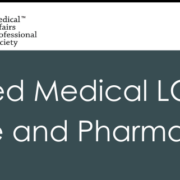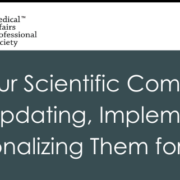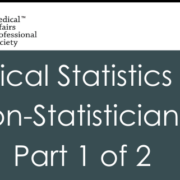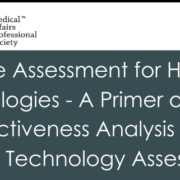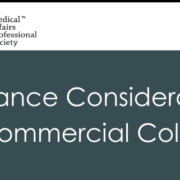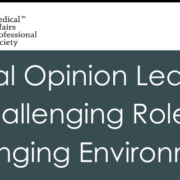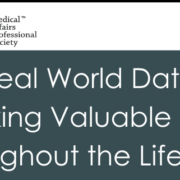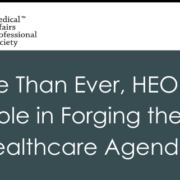Field Based Medical LCM in the Device and Pharma World
MSLs are becoming more important and playing key roles across the lifecycle in partnership with many others who play important roles. We will describe the landscape, drivers, and opportunities for engaging with customers across the lifecycle and how we socialize learnings across the organization.

